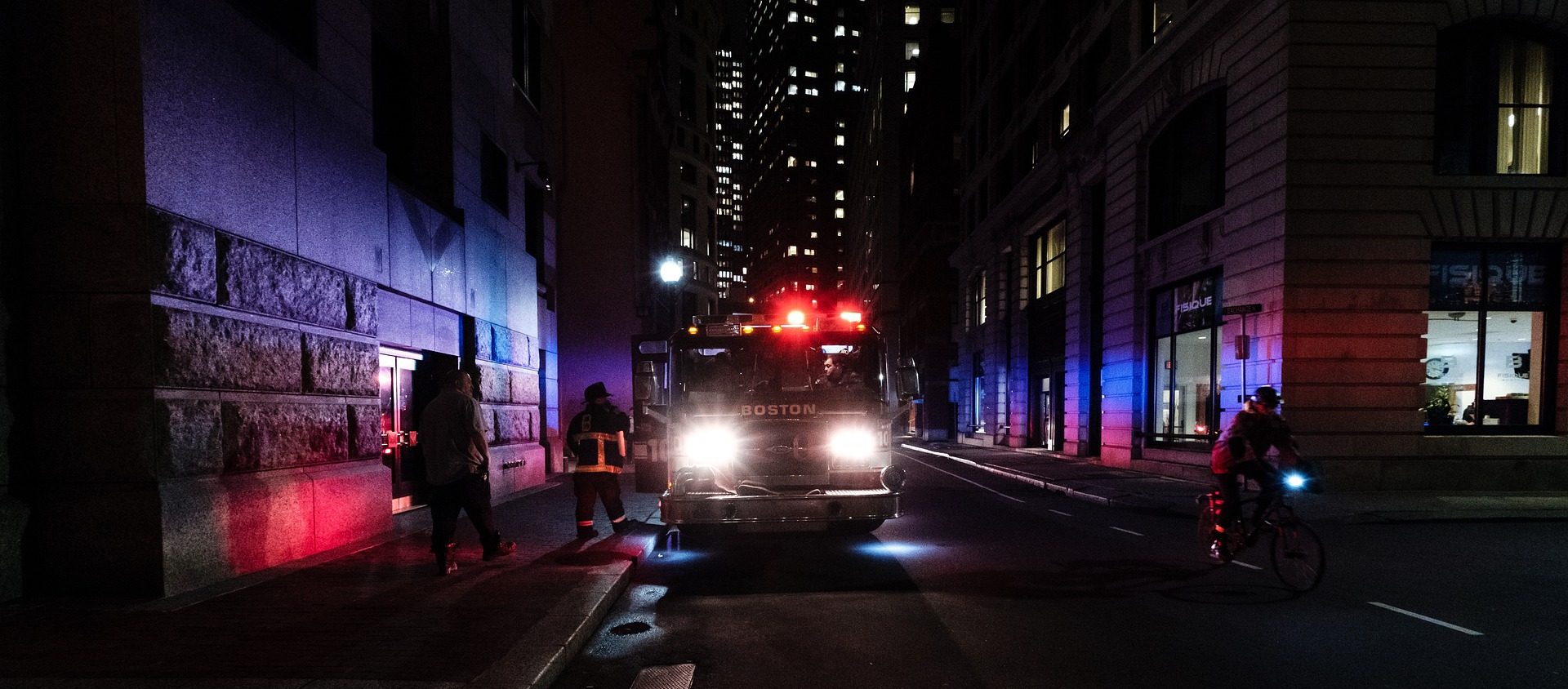On many military bases and agency campuses, local public safety agencies face obstacles in providing a fundamental service: responding to 911 calls.
Factors such as an incongruent mix of legacy technologies, security policies based on protecting rather than sharing certain information and the lack of a unified system can make it difficult for emergency responders to find the source of a call and get there in time.
“They’re trying to support all the old legacy phone systems and systems with protocols that were designed 20 years ago while also moving forward into newer standards, newer technology, new location abilities,” said Brian Anderson, Practice Leader for Public Safety at Avaya, a unified communications provider.
Recognizing the problem, lawmakers have provided a mandate: the enactment of Kari’s Law, requiring direct 911 dialing and notification capabilities in multi-line telephone systems, and Ray Baum’s Act, requiring that all 911 calls include “dispatchable information.”
A Disconnect on Location Data
Emergency response, which hinges on knowing where to respond, can be especially challenging at military bases and agencies with large campuses. A common problem is the lack of a centralized process for notifying the agency of outgoing 911 calls.
A 911 call from a base or agency campus can go out to a county-run public safety answering point (PSAP), which may see only the main number, rather than an extension. A call from a cellphone will go
to a cell tower outside the campus, and from there to a PSAP. In both cases, it can be several minutes before the agency or base is notified that a call has been made.
Fast-Tracking Emergency Response
To address these challenges, agencies need to implement next-generation 911 (NG911), the standards-based, nationwide, all-IP emergency communications infrastructure that allows voice and multimedia (text, images, video) communications between callers and call centers.
Building on NG911, agencies can put notification mechanisms in place enterprisewide, Anderson said, to ensure that base personnel are aware when a 911 call is made and can assist in response.
“It doesn’t matter if that call goes out on an analog or digital phone, an IP phone, a client on somebody’s laptop or a cellphone,” he said. “That needs to be in place from the enterprise side.” And in accordance with Kari’s Law, landlines must allow direct 911 dialing, without needing a prefix for an outgoing call.
The most important piece, of course, is fast delivery of precise location information. An integrated NG911 solution can not only provide more accurate location information, it can provide a floor plan with markers for entrances, exits and stairwells, and other information that can help responders find the fastest path to the caller.
Whenever possible, agencies also must use the GPS location capabilities of cellular phones, which are accurate to about 1 meter outdoors and 3 meters indoors.
Although the implementation of NG911 depends on agencies’ existing systems and capabilities, it can be deployed quickly. “We usually say the deployment cycle’s anywhere from 45 to 90 days,” Anderson said.
This article appears in our guide, “Agency of the Future: How New Possibilities are Emerging in the Present.” To read more about how agencies are anticipating future needs, download it here.






Leave a Reply
You must be logged in to post a comment.